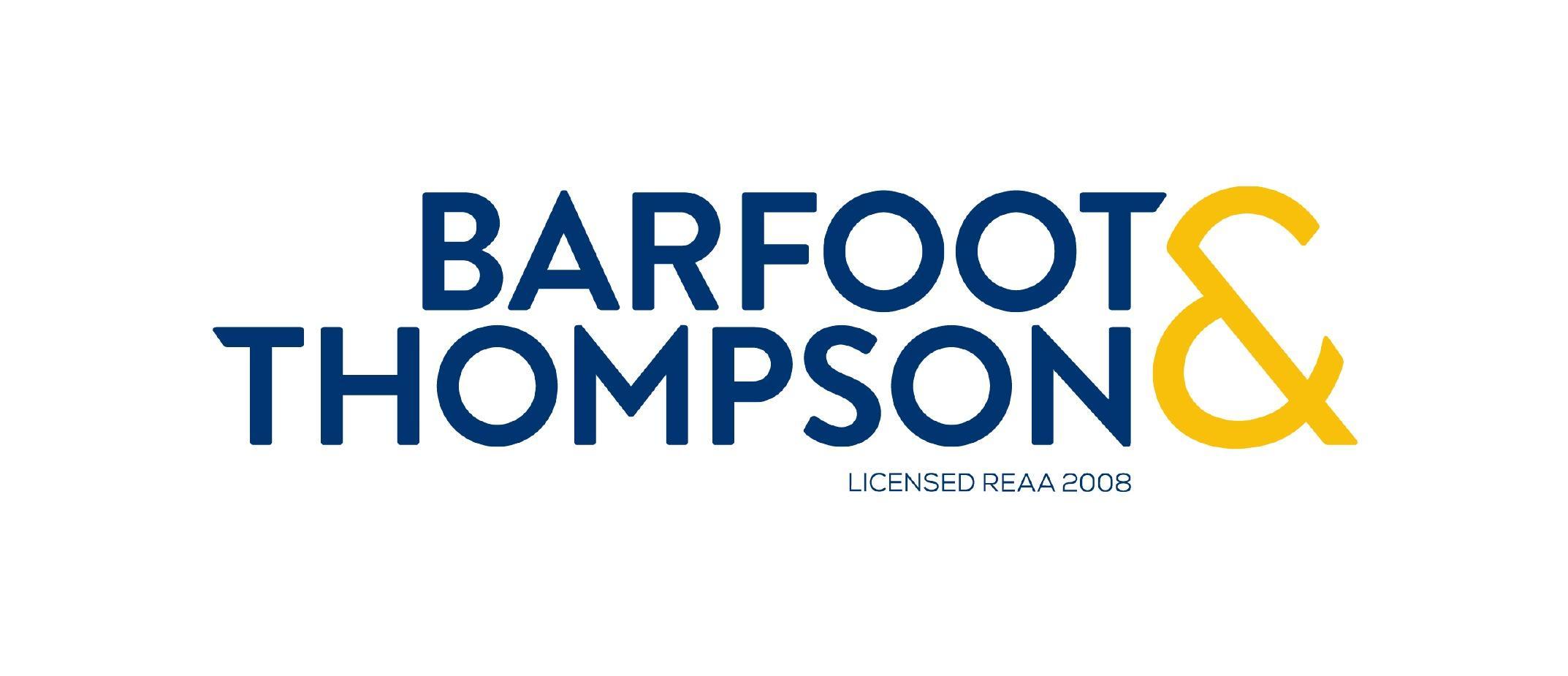From time to time, investors almost flippantly assume that any expenses incurred improving the property can be directly recouped from the tenant by way
of rent increase on a $1-in-$1-out basis. Monarch Realty Ltd v Alchin-Boller [2020] NZTT Hamilton 4277248 is a reminder that this is not the case. At least not quite.
Facts
- The landlord sought the tenant’s consent to increase the rent from $255 to $320 (>25%) after spending $14,000 upgrading the property to provide:
- replacement stove
- new kitchen cabinets and larger splashback
- replacement kitchen venting fan (original rangehood had no external vent)
- repaint kitchen
- install bathroom extractor fan (no existing fan)
- install heat pump in living area (no existing heating)
- It is the landlord’s view that the work had increased the value and benefit to the tenant making it eligible for an s28(1)(a) increase;
- The tenant consented to the work but did not consent to the increase; and
- The landlord applied to the Tribunal under s28(2) for an order to increase rent to $320 per week.
The law
s28(1)(a) sets out the parameters within which parties
can agree to a rent increase after substantial improvements have been made to the property. The subsection states:
(1) The landlord and the tenant may agree to increase the rent if the landlord has, with the consent of the tenant,—
(a) made substantial improvements to the premises (not being general or necessary repairs) that increase the value of the premises and constitute a material benefit to the tenant
The adjudicator notes the following salient features:
- substantial improvements are not the same as general or necessary repairs;
- the tenant must consent to the work (note that this is not the same as consenting to the subsequent rent increase);
- the cost of the improvement on the landlord ($14,000 in this instance) is not the same as the increase in value/material benefit to the tenant.
The adjudicator further considers HHS deadlines (July 2021/July 2024)
and whether some of the work would be general or necessary repair rather than substantial improvements. The adjudicator
gives some weigh to early compliance insofar as not arriving at a decision that would discourage early compliance.
Application
The adjudicator considers the work as follows:
- New kitchen venting fan = necessary repair
- because the original rangehood could not be vented externally
- Bathroom extractor fan = substantial improvement
- due to early HHS compliance
- Heat pump = necessary work
- while it could be seen as an early HHS compliance, the fact that there was previously no heat source means the landlord fell short at meeting
the Housing Improvement Regulations of 1947 which is an existing standard for heating at rental properties;
- while it could be seen as an early HHS compliance, the fact that there was previously no heat source means the landlord fell short at meeting
- New stove, cabinet and splashback = substantial improvements
- as the work was not required.
The adjudicator rejects the notion that the cost of work directly translates to an increase in value for the tenant but in the interest of fairness found
that it was more probable than not that the bathroom fan, kitchen cabinetry, stove and splashback did increase the rental value of the property.
In saying that, the adjudicator disagrees with the amount of proposed increase. Simply put, the level value improvement to be had by the tenant in this
instance is less than the >25% rent increase proposed by the landlord.
Outcome
The Tribunal ordered the rent to be increased to $275 from $255 rather than the $320 the landlord had originally proposed (i.e. <8% increase instead
of >25% increase).
Take-home for landlords
- In determining the increase in rental value to the tenant, the Tribunal will likely require comparable rental valuations of the actual property
before and after substantial works. Rental valuation reports of other comparable properties will not be persuasive; - A 25% increase in rent is more than modest;
- Though not explicitly stated by s28, the level of increase should reflect the level of improvements. In short, modest improvements warrant only moderate
increases.
Overall helpfulness scale (Because let’s be honest, Tribunal decisions can be a bit of a mess but still, landlords and tenants need all the help we can get!)
⭐️ ⭐️ ⭐️ ⭐️













Add Comment